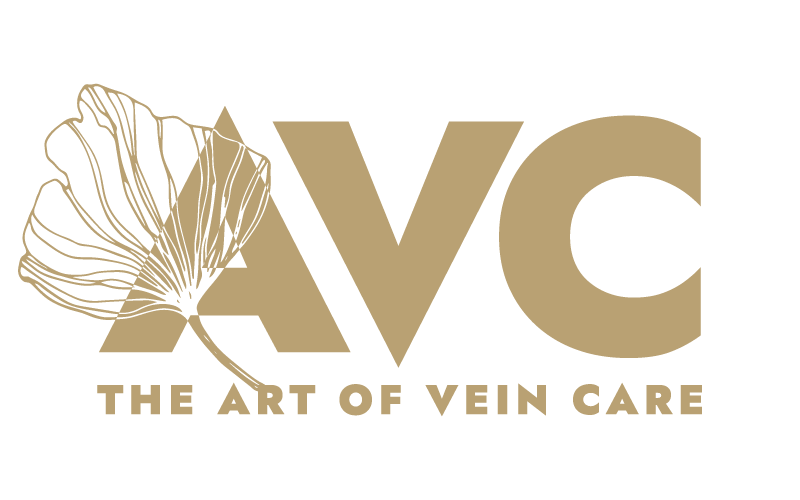Vein disease is often perceived as a female issue.
However, although men can get vein disease too they are less likely to seek treatment for vein disease because:
– Some men may perceive vein disease as a “women’s issue” or something that only affects grandmas who wear “compression hose.”
– Others are less bothered about cosmetic appearance
– Men are less likely to attend GP visits as often as women (Aussie men visit GPs 5 times a year, v Aussie women who go 7 times).*
But just like heart checks and prostate cancer checks, male vein checks should not be forgotten.
“Although varicose veins are often visible, they are not always, so you should see your doctor for a diagnosis if you have any of the following symptoms,” says Dr David Huber, vein specialist (phlebologist) from The Art of Vein Care in Canberra and Gregory Hills:
– Leg pain (especially after sitting or standing for a long time)
– Swelling, or itching of the legs (often around visible veins)
– Heaviness of the legs, restless legs or leg cramps at night
– Changes in skin colour
Dr Huber adds that untreated veins can increase the risk of:
– Blood clots
– Venous ulcers (open sores that are difficult to heal).
– Veins that rupture and bleed sometimes with even a minimal knock or hot shower. Bleeding veins can ooze alarmingly and are considered a medical emergency.
To accurately diagnose your vein conditions, a vascular consult in our rooms involves a physical leg examination. Imaging will also be used to confirm the diagnosis, in particular a venous duplex scan which checks the function on the venous valves in the legs.
Source: The Conversation: why Australia women see their GP more than men.

